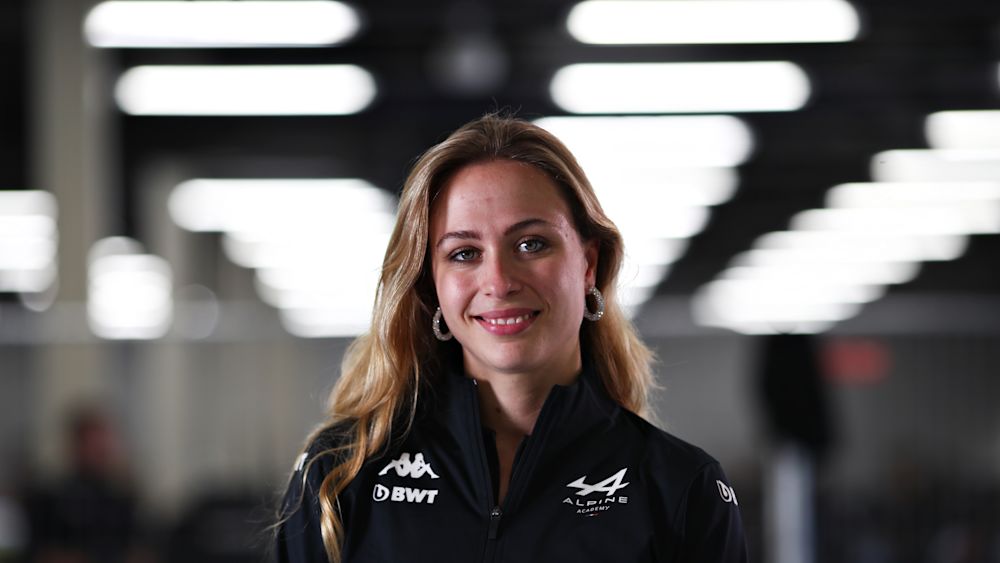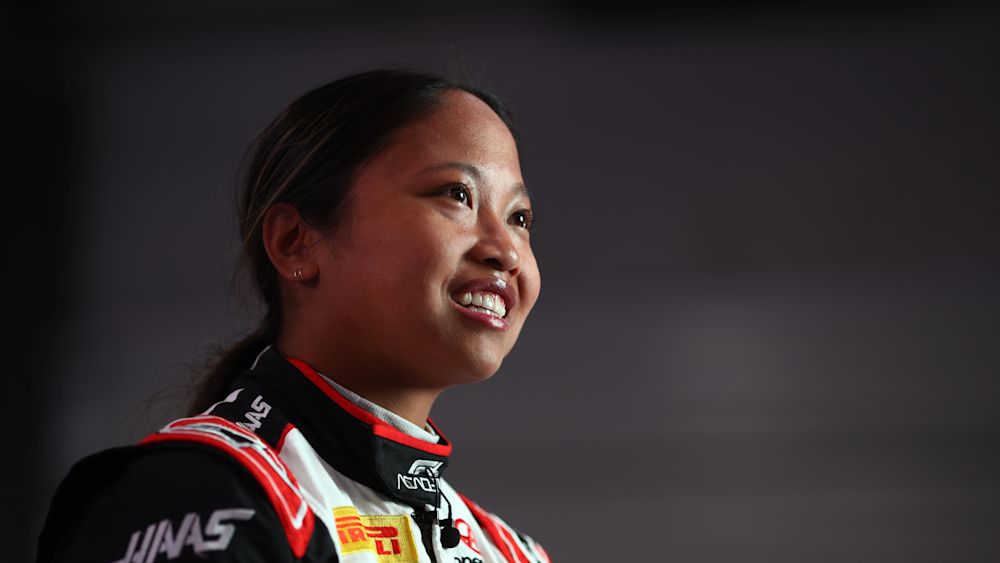
F2 and F3 Tests: Floersch and Chambers Aim to Enhance AccessibilityF2 and F3 Tests: Floersch and Chambers Aim to Enhance Accessibility FIA Formula 3 driver Sophia Floersch and F1 Academy driver Chloe Chambers participated in Formula 2 and Formula 3 tests at Silverstone to assist in defining regulations that cater to a diverse range of drivers and enhance accessibility in the championships. The focus was on evaluating suspension configurations to ensure they meet the FIA’s steering effort limits. Floersch and Chambers experimented with various tire compounds, braking, steering effort, and ergonomics to collect data and provide feedback. This information will guide future setup regulations for the 2025 F2 and F3 seasons. Floersch’s Perspective “The goal was to assess the Formula 3 and Formula 2 cars, prioritizing steering effort, as Formula 1 and the FIA strive to make the championships more inclusive,” stated Floersch. “The most notable differences were the racks and caster adjustments. The harder rack allowed for greater aggression in high-speed corners. We also tested different tire compounds and observed the gradual reduction in steering effort over long runs.” She emphasized the importance of real-time data in shaping the future steering effort regulations. Floersch expressed her gratitude for the opportunity to drive the F2 car for the first time. Chambers’ Feedback “The purpose of the test was to gather feedback on the car’s handling, weight, and balance to facilitate future improvements in accessibility,” said Chambers. “This effort represents a significant step towards inclusivity in our sport. I’ve provided extensive feedback and data based on different track conditions and tire sets, and I hope it contributes to making the cars as accessible as possible.” The tests aimed to empower drivers with diverse backgrounds and abilities to pursue their Formula 1 aspirations. The data and insights gathered from Floersch and Chambers will contribute significantly to shaping the future regulations of F2 and F3.
FIA Formula 3 driver Sophia Floersch and F1 Academy driver Chloe Chambers took part in a Formula 2 and Formula 3 test at Silverstone on 12-13 July. They wanted to help define the regulations for the F2 and F3 cars to cater for a wide range of drivers and make both championships as accessible as possible.
During this two-day programme the emphasis was on a full screening of all suspension configurations used throughout the season to stay below the steering effort limits set by the FIA.
During the tests, both drivers were able to try out a wide range of set-ups on different tyre compounds, working on braking, steering effort, steering wheel positioning and generally the ergonomics of the cars. The data collected and feedback from the drivers will help determine the set-up restrictions for the F2 and F3 teams in 2025.
Over the two days, Floersch completed a total of 96 laps behind the wheel of the F2 2024. Chambers completed 97 laps in a hybrid F3 2019, with modified parts to simulate the behaviour and demands of the F3 2025 car.

Sophia Floersch said: “The aim of the test was for Chloe and I to try out the Formula 3 and Formula 2 cars respectively, in terms of steering effort, as the FIA and Formula 1 Group both want to make championships more accessible to a wide range of drivers.
“I think the biggest differences were the two racks and also the caster changes. The more caster you put, the harder it gets. With the racks, I honestly preferred the harder one because it’s much more direct and you can be much more aggressive in the high-speed corners, which I think is important to have downforce in the cars. In general, as a driver, you never really feel that much difference because we never really focus on steering effort, so I learned a lot in the two days.
“We also tried different tyre compounds where the steering effort also changes. We also did a long run where it gets easier lap after lap. Eventually I found a set-up that I liked, that had the right balance of effort but also good control of the car and the ability to be aggressive and actually have the confidence to push.”
“The FIA and the F2/F3 promoters have a lot of simulations and targets they want to achieve to see where they want to end up in the coming months or years in terms of steering effort. I think it’s good to see that they’re working on it and to compare real data with their simulations. I was really lucky and happy to be one of the drivers who got the chance to drive the F2 car for the first time.”

Chloe Chambers said: “The aim of the test was to get a feel for the car and give my feedback on the handling, steering weight, balance and other things that can be improved for the next generation. This is an important process in making our sport more accessible to everyone who is on the path to Formula 1. Of course, this is just the start, but I think the test is a positive step and that we can make a big difference. I have done a lot of laps in different conditions and on different tyres, so I hope my feedback and data will be useful in making the cars as accessible as possible.”